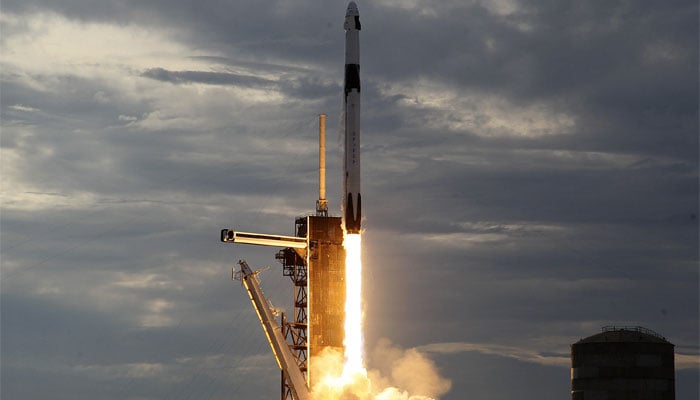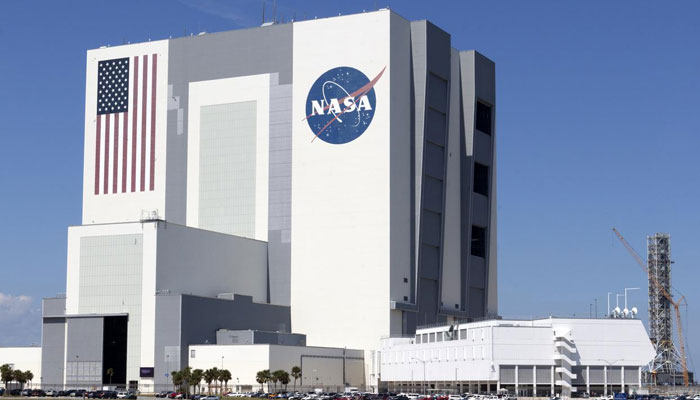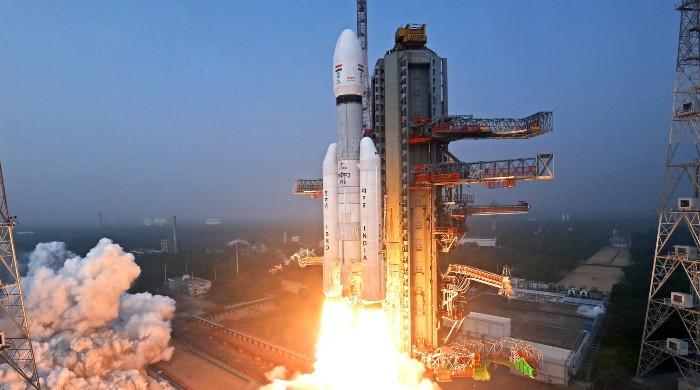Nasa counts on nuclear rocket for Mars Mission
Less time spent on space trips such as Mars means astronauts would not be exposed much to space radiation
May 23, 2023

As the race to take human beings to the red planet intensifies, Nasa is planning to use nuclear rocket engines instead of burning liquid fuel to take scientists to Mars in less than the estimated time of seven to eight months, reported NBC News.
During this year's initial months, Nasa joined hands with Defense Advanced Research Projects Agency (DARPA) to build a nuclear-propellant rocket for the Mars mission which would down the time required to reach the Martian soil.
Such spacecraft would also result in less risky flights for human beings indenting to take long-duration space journeys.
Nasa Administrator Bill Nelson believed that the short journeys would offer astronauts flexibility on their mission to Mars, adding that "you enable yourself to be on the surface for maybe three weeks, four weeks, and get back within a reasonable amount of time, instead of having to be gone for two or three years."
Less time spent on trips also means the astronauts would not be exposed much to space radiation.

According to European Space Agency (ESA), studies reveal that without the protection of Earth’s atmosphere and magnetic field, humans can receive equal radiation on Earth for one year, in just one day in space, meaning astronauts could be exposed to radiation levels 700 times higher than on Earth.
DARPA is endeavouring to develop such a spacecraft under the program named Demonstration Rocket for Agile Cislunar Operations (DARCO) which would be powered by nuclear thermal propulsion.
Nasa said: "This type of propulsion can create more thrust and is at least three times as efficient as chemical rockets."

"It can completely change the game of how people think about what is possible in space — what you can carry, how quickly you can get there. You have much more flexibility in getting where you want, when you want," DARPA Director Stefanie Tompkins said.
Nuclear rocket engines 'a major step'
Nasa Administrator Nelson maintained that the spacecraft would use low-enriched uranium rather than weapons-grade, highly-enriched uranium.
"This is safe nuclear technology," he said.
He also said the tests of nuclear rocket engines would take place in space instead of Earth with safety being the highest priority.
The first demonstration is likely to occur by 2027.
Daniel Dumbacher, executive director of the American Institute of Aeronautics and Astronautics, regarded nuclear propulsion as a major step forward for space exploration.
"There's the psychological aspect of being away from home for that long," Dumbacher said.
"How does the human mind deal with being in something the size of a school bus for months and months? How do we keep the mind entertained? How do we keep morale up? All of these challenges grow exponentially when you go out to Mars, so shortening the trip time is a big, big deal."
Tompkins said the promise of nuclear propulsion was there in the 1960s, but the program was never able to reach its full potential, she said.
"This current environment is the 'right time' in history to evolve the technology to the next level."









